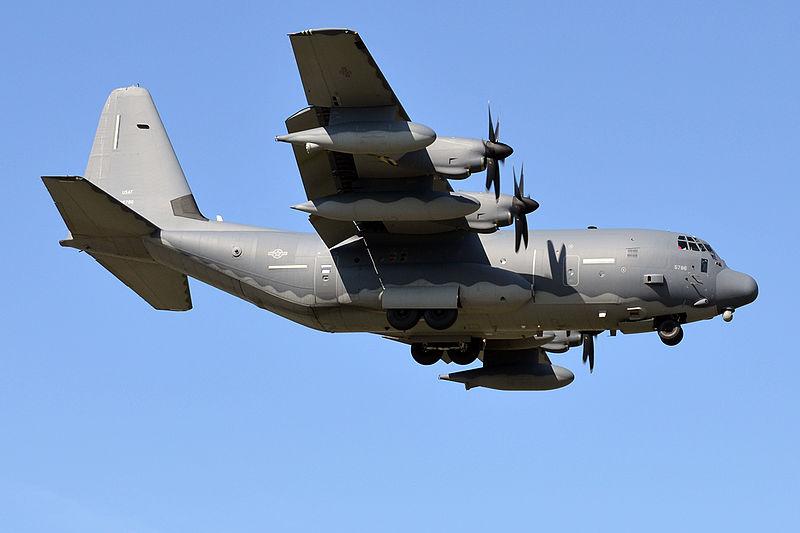
Credit: U.S. Special Operations Command
U.S. Special Operations Command has issued a call for a new class of Air-launched Loiter Munitions (ALMs) to arm its fixed-wing aircraft fleet. The Program Executive Office-Fixed Wing and SOFWERX, the command’s rapid prototyping agency, plan to host a series of demonstrations of potential ALMs. The...
Subscription Required
This content requires a subscription to one of the Aviation Week Intelligence Network (AWIN) bundles.
Schedule a demo today to find out how you can access this content and similar content related to your area of the global aviation industry.
Already an AWIN subscriber? Login
Did you know? Aviation Week has won top honors multiple times in the Jesse H. Neal National Business Journalism Awards, the business-to-business media equivalent of the Pulitzer Prizes.





